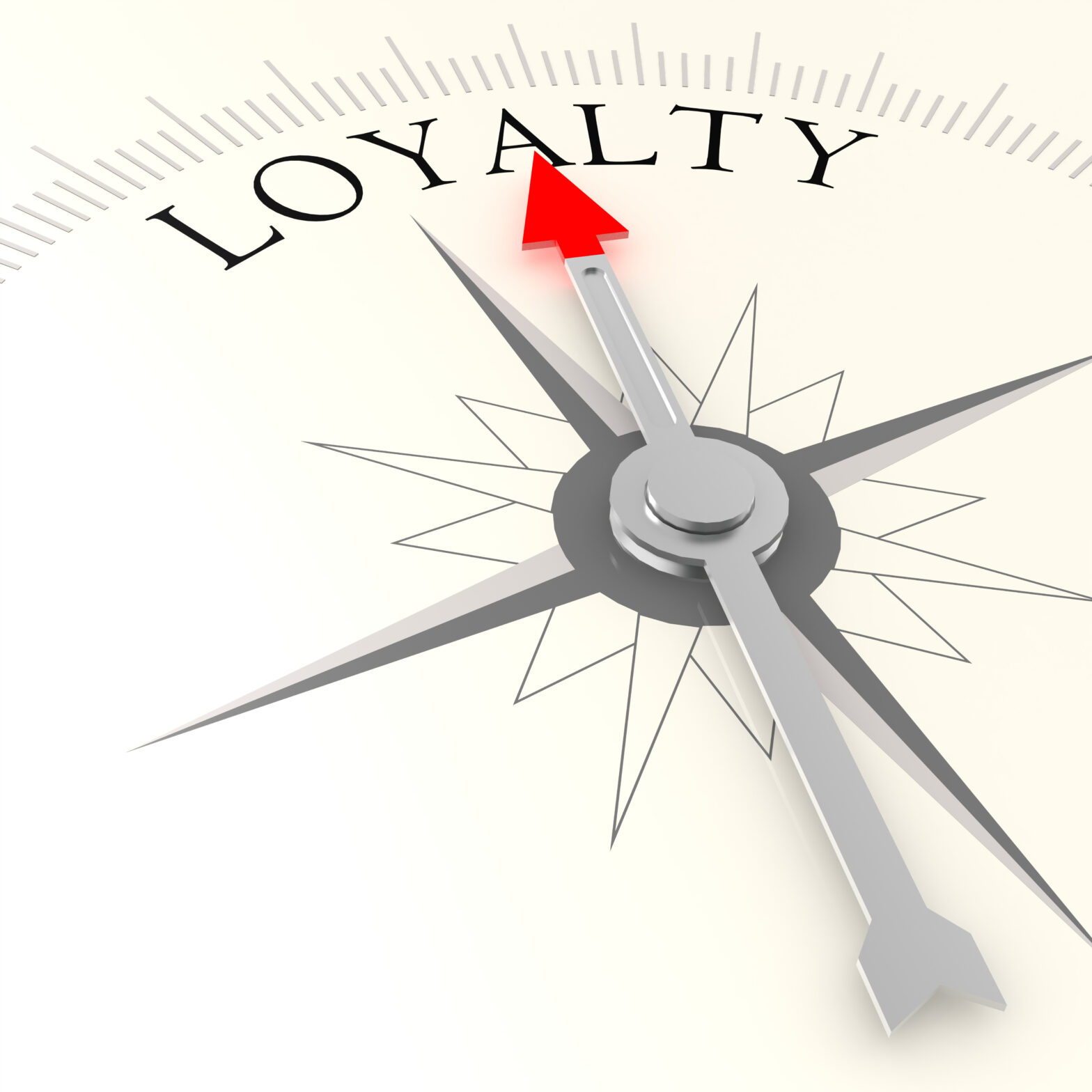Customer loyalty is crucial to the success of a business, no matter what size. Any business owner knows that it’s better to encourage customers to return rather than always looking outwards for new business, as acquiring new customers can cost 500 per cent more than retaining them. However, loyalty is not created as a simple one-stop shop process, but is something usually built over time through a number of actions. Emma Smith, CEO of UK loyalty app, Memberoo, discusses how loyalty is changing how we shop and experience our favourite brands.
There is now more competition than ever across all industries, customers have higher levels of expectations of a brand including customer service, pricing and quality of product or service. However, it’s predicted that by 2020, overall customer experience will overtake price and product quality when encouraging customer loyalty to a brand.
This is unsurprising as quite often customers will switch to a competitor after a bad experience, with patterns now showing that consumers tend to purchase from brands that they deem relevant and authentic.
Tesco was one of the initial minds behind encouraging customer loyalty with the introduction of its ‘Clubcard’ to say thank you to its customers for their continued loyalty. Yet, now the majority of businesses look to introduce a loyalty scheme whether that’s through a points system like Nectar or Boots Advantage Points or a paper based card that can be stamped every time you buy a coffee from a certain venue.
This is because business owners know that engaged customers are the ones who are more likely to be loyal to a brand. In fact, loyalty programs are said to increase overall revenue by five-ten per cent with 87 per cent of shopper saying they want loyalty programmes.
But often, consumers do not want to carry endless cards in their wallets, making it more difficult for brands to encourage more scheme sign ups. Memberoo is a prime example of a new type of approach to the loyalty card, because as a digital app which requires no physical cards. Memberoo has almost 1700 active users in the UK currently, with these users spending an average of seven times more than regular customers.
Research also shows that overall, repeat customers spend 33 per cent more than new ones with businesses like Mokoko Coffee in Bath seeing the benefits. Yet, as we know, consumers can engage with a brand in many different ways but to understand this, we need to have the necessary data, which is initially why Memberoo was created, to work with a number of smaller brands and independent businesses to give them the insight they need to retain a competitive edge.
The explosion of social media has also changed our approach to loyalty with more than half of Twitter users stating they engage with a brand through that channel. If we love a brand, we are more likely to follow them on social media channels, with 18-34 year olds 95 per cent likely to do so, yet 96 per cent of people who discuss brands online do not follow them, leaving room to increase further loyalty.
We’re also more likely promote their products either through pictures or reviews with 71 per cent of consumers who have a good experience with brands on social being more likely to promote it to others. This level of loyalty can affect purchasing habits as 60 per cent of UK shoppers are said to rely solely on previous customer feedback to make their purchasing decisions.
Yet, it can also work in the opposite way as many consumers will turn to social media to voice their concerns or complaints. Research shows that 72 per cent of customers expect a response to a complaint on social media within an hour and when this doesn’t happen, 38 per cent feel more negative about that brand, having a serious impact on loyalty.
Consumer loyalty is changing as technology is developing further, and many are not as passionate about smaller brands as they once were – although recognisable brands like Nike and Starbucks will always remain at the top, at least for the foreseeable future. For us to be able to truly understand customer loyalty in our fast-paced shopping environments, first we must continue to learn about customer behaviour and what drives their purchasing habits.
Emma Smith is CEO of Memberoo





